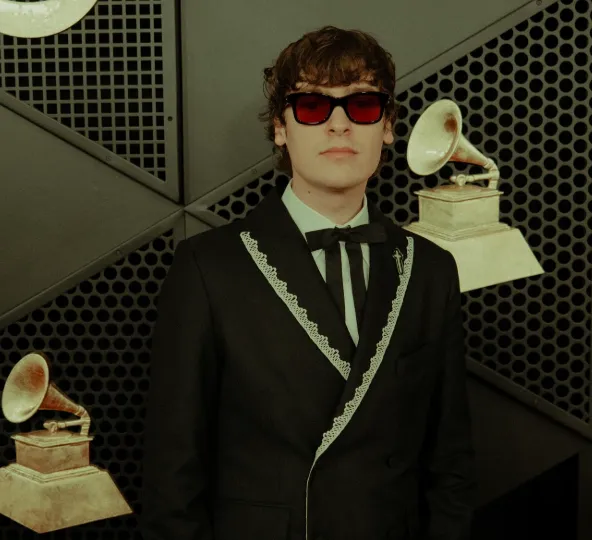Discovering the Art of Romanticism: Emotion, Nature, and the Sublime
The art of Romanticism stands as a powerful movement that emerged in the late 18th century, reshaping the European cultural landscape. At its core, Romanticism was a reaction against the rationalism and order of the Enlightenment, instead celebrating emotion, individualism, and the sublime beauty of nature. This movement not only influenced visual art but also literature, music, and philosophy, leaving a lasting impact on Western culture.
Origins of Romanticism
The origins of Romanticism can be traced back to the late 18th century, as Europe was undergoing significant social, political, and industrial changes. The Enlightenment had previously dominated European thought, emphasizing reason, science, and order. However, many artists and intellectuals began to feel disillusioned with the mechanistic view of the world that the Enlightenment promoted. They sought to reclaim the emotional and spiritual aspects of human experience that had been overshadowed.
Romanticism emerged as a response to this dissatisfaction, with its proponents advocating for a return to nature, the exploration of the individual’s inner world, and the expression of intense emotions. The movement was characterized by a fascination with the mystical, the supernatural, and the sublime—the overwhelming power and beauty of nature that both inspired awe and evoked fear.
Key Themes in the Art of Romanticism
One of the defining features of the art of Romanticism is its focus on the emotional and spiritual aspects of human experience. Romantic artists sought to capture the depth of human emotions, from the ecstasy of love to the despair of loneliness. They often depicted dramatic and intense scenes, using bold colors and dynamic compositions to evoke powerful emotional responses in the viewer.
Nature was another central theme in the art of Romanticism. Romantic artists were deeply inspired by the natural world, often portraying landscapes that were wild, untamed, and awe-inspiring. These landscapes were not just backdrops for human activity but were subjects in their own right, reflecting the Romantic belief in the sublime—the idea that nature is both beautiful and terrifying, capable of overwhelming human senses and understanding.
The art of Romanticism also explored themes of individualism and the hero. Romantic artists often depicted solitary figures, such as wanderers or lone adventurers, who were in search of meaning or transcendence. These figures represented the Romantic ideal of the individual as a unique, self-expressive being, capable of experiencing profound emotions and forging their own path in the world.
Influential Artists of Romanticism
Several artists played pivotal roles in the development of the art of Romanticism, each contributing their unique vision and style to the movement.
Caspar David Friedrich
Caspar David Friedrich, a German painter, is perhaps the most iconic figure of Romanticism. His works are characterized by their haunting, contemplative mood, often featuring solitary figures gazing out at vast, mysterious landscapes. Friedrich’s paintings, such as “Wanderer above the Sea of Fog” and “The Abbey in the Oakwood,” embody the Romantic themes of introspection, the sublime, and the transcendence of the natural world.
J.M.W. Turner
J.M.W. Turner, an English painter, was another major figure in the art of Romanticism. Turner’s work is renowned for its dramatic use of light and color, often capturing the raw power of nature in seascapes and landscapes. His paintings, like “The Fighting Temeraire” and “Rain, Steam, and Speed,” convey a sense of movement and energy, reflecting the Romantic fascination with the untamable forces of nature.
Eugène Delacroix
Eugène Delacroix, a French artist, was known for his vivid, emotional style and his use of bold colors. Delacroix’s works often depicted scenes of historical events, battles, and exotic locations, infused with a sense of drama and intensity. His painting “Liberty Leading the People” is a quintessential example of Romanticism, combining a passionate portrayal of revolution with a heroic, symbolic figure.
Romanticism Beyond Visual Art
While the art of Romanticism is most commonly associated with painting, the movement extended far beyond visual art. Romanticism influenced literature, with writers like William Wordsworth, Samuel Taylor Coleridge, and Johann Wolfgang von Goethe exploring themes of nature, emotion, and the individual’s inner life. In music, composers such as Ludwig van Beethoven and Franz Schubert embodied Romantic ideals, using music to express deep emotion and explore the human experience.
Philosophy also played a significant role in shaping Romanticism. Thinkers like Jean-Jacques Rousseau and Immanuel Kant contributed to the movement’s emphasis on individualism, nature, and the sublime. Romanticism’s philosophical underpinnings were rooted in the belief that there are aspects of reality that cannot be fully explained by reason alone, but must be felt, experienced, and intuited.
The Legacy of Romanticism
The legacy of the art of Romanticism is profound and enduring. Although the movement eventually gave way to other artistic trends, such as Realism and Impressionism, its influence can still be seen in various aspects of contemporary culture. Romanticism’s emphasis on emotion, nature, and the individual’s experience continues to resonate with artists, writers, and thinkers today.
In many ways, the art of Romanticism laid the groundwork for modern concepts of art and creativity. It challenged the idea that art must adhere to strict rules and conventions, instead advocating for freedom of expression and the exploration of new ideas. The movement’s focus on the inner world of the individual, the power of nature, and the sublime has left an indelible mark on the history of art.
Conclusion
The art of Romanticism is a testament to the power of emotion, imagination, and nature in shaping human culture. By rejecting the rationalism of the Enlightenment, Romantic artists and thinkers opened up new ways of seeing and understanding the world. Their work continues to inspire and challenge us, reminding us of the importance of feeling, intuition, and the sublime in our lives. Whether through the haunting landscapes of Friedrich, the dramatic seascapes of Turner, or the passionate scenes of Delacroix, the art of Romanticism invites us to explore the depths of our own emotions and to appreciate the beauty and mystery of the world around us.







